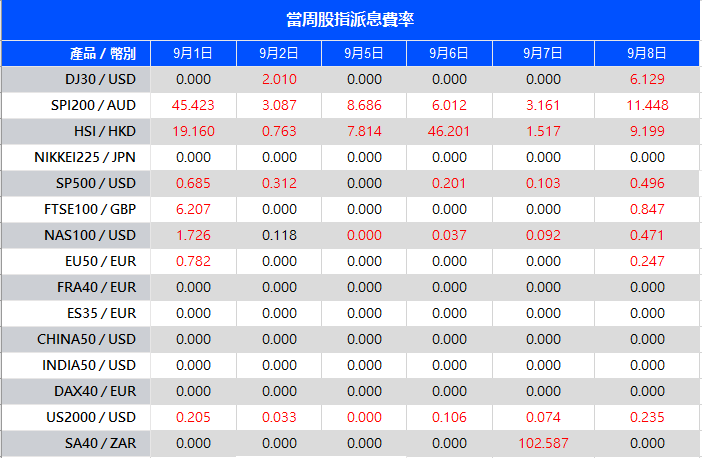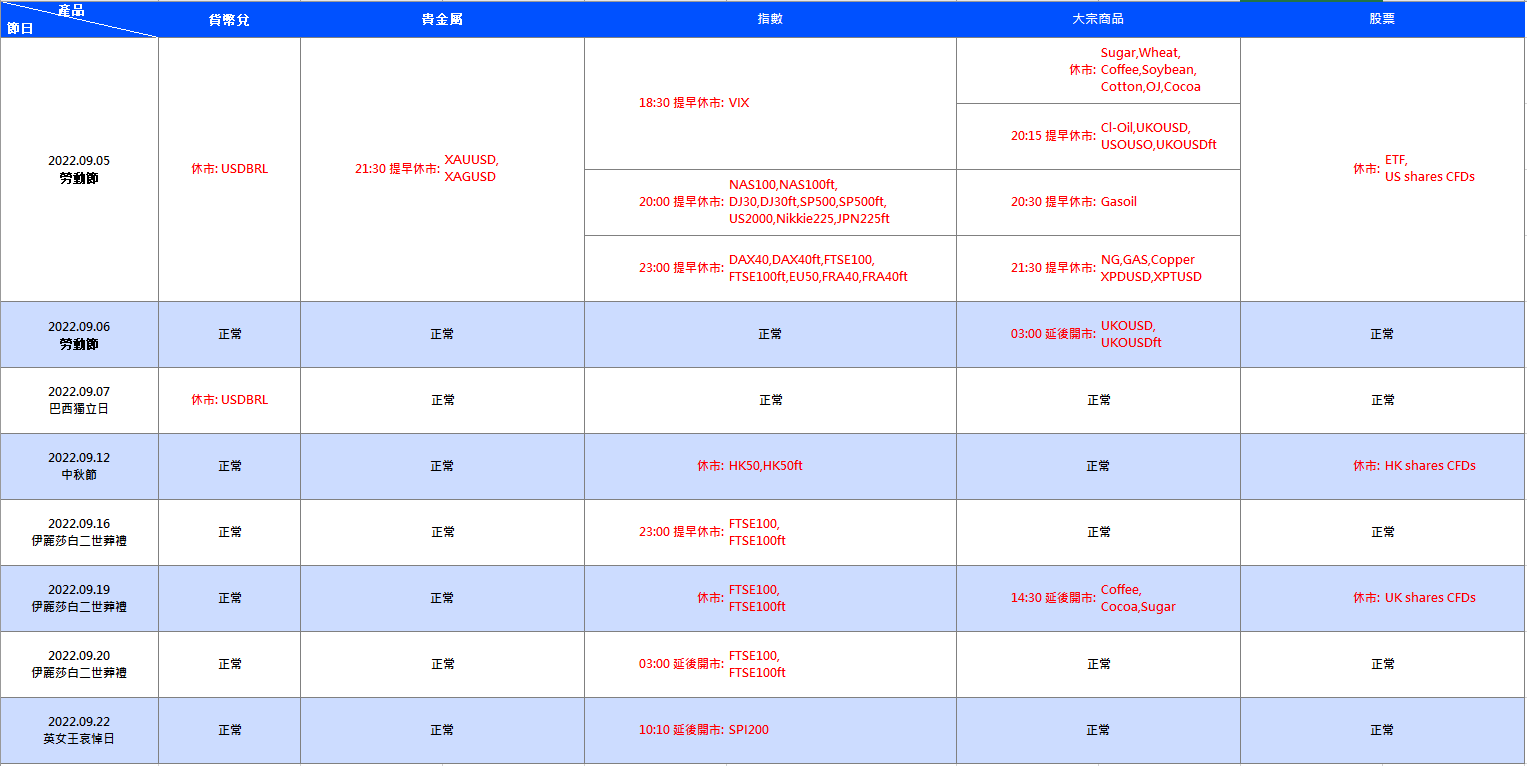Types of forex trading
There are several different types of forex trades to be aware of. As you grow your confidence in the market and learn the ropes of forex trading, you may wish to add more types of trading to your repertoire, starting simply and working up to more complex strategies.
- Spot trading
Forex spot trading means opening positions based on the current spot rate. This is the rate at which currencies are traded at that exact moment in the market. In some senses, this is the simplest form of trading as the spot rate can be easily read and understood.
- Forwards
In forex trading, forwards are agreements to execute a trade on a predetermined position at a designated future data. When traders use forwards, they are contractually obliged to fulfil the agreement and to complete the trade. They can lock in the currency pair price for the duration of the forwards contract.
- Options
Forex traders can take out options on currency positions. This means they have the opportunity to execute a trade on their chosen currency pair for the length of the option term. Similar to forwards but fundamentally different, options do not carry the obligation to complete the trade.
- Swaps
A forex swap is an agreement to trade one currency with an equivalent amount in
another country. Unlike some other types of trading, swaps allow traders to speculate on price movements by taking ownership of the currency rather than simply wagering on future market performance.
- Futures
A futures contract is similar to a forwards contract — both lock in a price for buying and selling at a future date. However, futures are standardised contracts, while forwards can be customised to meet the trader’s needs.
Get started with forex trading at VT Markets
With VT Markets, you gain access to one of the leading forex platforms in the market, providing all the tools you need to begin — or to continue — your forex trading journey. Set up a demo account and build your confidence in the market, then graduate up to a full trading account. Want to learn more? Reach out to our team directly.
FAQs
What does forex (FX) trading mean?
What is forex trading, exactly? Forex trading simply means opening positions on the forex market — otherwise known as the foreign exchange market. It is this market that determines the relative worth of currencies around the world based on price movements against one another. For example, the United States Dollar — represented on forex as USD — may increase in value, but if the Australian Dollar (AUD) grows at the same pace, its relative exchange rate will be unchanged. On the other hand, if the AUD strengthens against the USD, it will take fewer US dollars to match an equivalent value of Australian dollars.
So, how to trade in forex? When individuals trade on the FX market, they are essentially speculating on these price movements. They are predicting which direction a certain currency pair will move and then wagering on this move. If the market moves in its predicted direction, the trader takes a profit. If it does not, they absorb the loss.
Is there a difference between forex trading and currency trading?
Forex trading and currency trading generally refer to the same thing. However, forex trading tends to be more specific, referring to any trades made across the foreign exchange network that bring together national currencies from all over the world. Individuals can trade currencies in other ways — for example, trading digital or cryptocurrencies across a different type of exchange. But in most cases, forex trading and currency trading are synonymous.
How can I make money from forex trading?
Forex traders can profit from the FX market if their predictions are correct. If the trader believes a currency pair will grow in value, they can open a buying position and make money from this trade if their predictions are correct. On the other hand, if the trader believes the value will fall, they can open a selling position and profit as a result.
It is possible to increase market exposure by using leverage in FX. This means traders can increase their potential profits but also increase the risk of the trade. A leverage strategy can result in significant losses, so traders should tread carefully in the market.
How can I get started trading FX?
The best way to get started with trading FX is always the safest, most conservative way. By adopting a careful and responsible approach from the outset, traders can grow their experience in the FX market and trade with confidence and knowledge. While there are no guarantees in forex trading, this does make it easier to build a successful trading strategy for the future.
Use a demo account to get started. This demo account allows you to use all of the trading features and dashboard screens you would use in the live market, but with none of the risk. You will make practice trades and opening and closing positions, but you won’t have to put any money down.
What costs and fees do you have to pay when currency trading?
There will be fees, charges and expenses associated with currency trading. You will usually have to pay a commission fee to the broker platform — i.e., a fee for helping you to find and open the position — but this may simply be built into the spread of the currency pair. At VT Markets, we aim to keep fees low, supporting a positive experience for traders.
Some platforms may charge other fees. For example, fees may be payable after a period of inactivity or charges applied to deposits and withdrawals. VT Markets does not charge these additional fees to users.
How much money is traded on the forex market daily?
A survey conducted in 2019 showed that $6.6 trillion is traded on the forex market every day on average. The survey is conducted every three years, which means another set of findings should be released in 2022. These figures put the forex market in first place worldwide — no other financial market rivals forex in terms of trade volume.
Is forex trading income taxable?
In Australia, forex trading is recognised as a legitimate source of income; indeed, many traders can earn a living from their forex trades — although this is not guaranteed, and even experienced traders encounter risk daily. With this in mind, the Australian Taxation Office applies taxation to forex revenue.
This tax also applies to non-residents in Australia. You will have to pay tax on any profits made while trading through an Australian broker or exchange, even if you are not a citizen or resident of the country.
What are gaps in forex trading?
You may hear talk of gaps in the FX market, but what are these forex trading gaps? A gap is a sharp price movement involving a forex pair, in which the pair moves significantly up or down from one price point to another, with no trading increments in between. Generally, forex price movements happen in pips — a pip in forex stands for “percentage in point” — so traders can see which way the market is moving. However, sudden changes in available economic data or in the global geo-political situation can cause a rapid movement, known as a gap.
Traders are most likely to encounter gaps after the weekend. This is because the exchange is closed over the weekend, so there is more time between trades for an external event. Despite this, gaps can still appear anytime over the trading week.
Trade with an award-winning broker
Trading forex with VT Markets means trading with an award-winning brokerage you can trust. At VT Markets, you’re treated to tight spreads to help keep your trading costs low, without needing to worry about pesky requotes. These features, plus all the best tools and services, make VT Markets the perfect trading partner for you. Set up a demo account now to build your confidence in the market, then graduate to a full trading account.




























